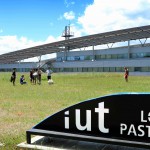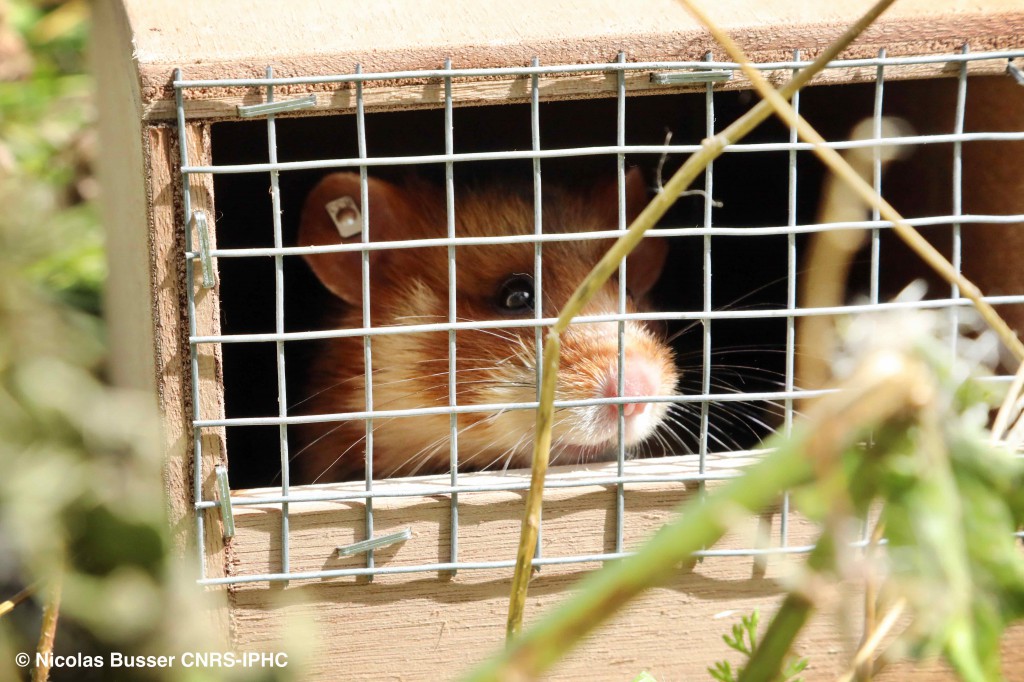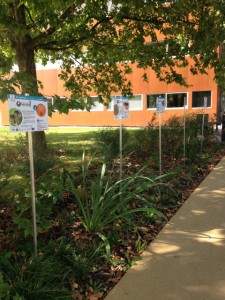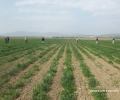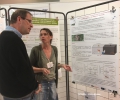European Hamsters in fields and in urban periphery zones
31 janvier 2018The European Hamster has proven it is capable of adapting to urban periphery environments as some populations live, or have lived, in urbanised areas such as gardens, orchards, town parks and cemeteries in several European countries (Ukraine, Austria, Poland, Slovenia, the Czech Republic, Russia and Germany). Within the scope of the ALISTER project, we have been inspired by these experiences to think up new ways for the species to develop by attempting to reconcile two constraints that appear initially to be incompatible: growing urbanisation and protecting the hamsters.
Our work has involved testing for the presence of hamsters in proximity to urban areas in order to ascertain if these areas may be suitable for use in the survival of the species. Our study would not have been possible if several of the partners had not agreed to the hamsters being introduced on their land. These partners are the town of Holtzheim (due to the commitment of its Mayor, Mrs Imbs) on the site of PIC SE (Strasbourg Europe Industrial Mail Platform) and the town of Schiltigheim on the site of IUT Louis Pasteur at the University of Strasbourg.
Following a derogation request to the French Ministry, the National Committee for Nature Protection approved our project and a special decree was published authorising us to release 40 females at the start of summer (photo N. Busser). We had previously carried out a study of the land on which we wanted to release the hamsters and had upgraded the plots with flower meadows and forage over about 1,500m² for each site, so the animals would want to stay there and to supply them with food and protective cover against predators.
The individuals were monitored right from the time they were released, using several complementary methods (tag-sensing antennae, ink tracking cards, thermal cameras and infrared cameras). A typical monitoring session was presented in a previous Newsletter.
Signs were made and placed at both study sites to inform staff of the two project locations and the necessary precautions that should be taken regarding a threatened species. Specific communication was given during the release operations to highlight the sites and towns which had agreed to take part in this unique experiment.
This study (if the results and those of other studies undertaken by the CNRS – French National Centre for Scientific Research – are positive) will result in guidelines for the presence of hamsters in urban periphery zones (to enable them to live or travel across these areas more easily), through identification of the conditions that encourage their presence.
Applying these guidelines should enable the impact of urbanised areas and wastelands to be reconciled with the survival of the European Hamster, by modifying how these zones are managed to include the presence of hamster populations.


